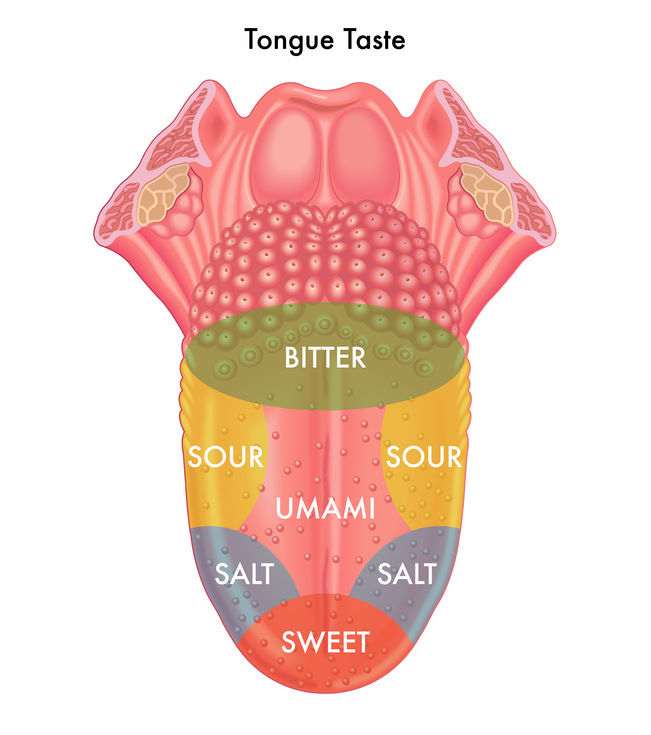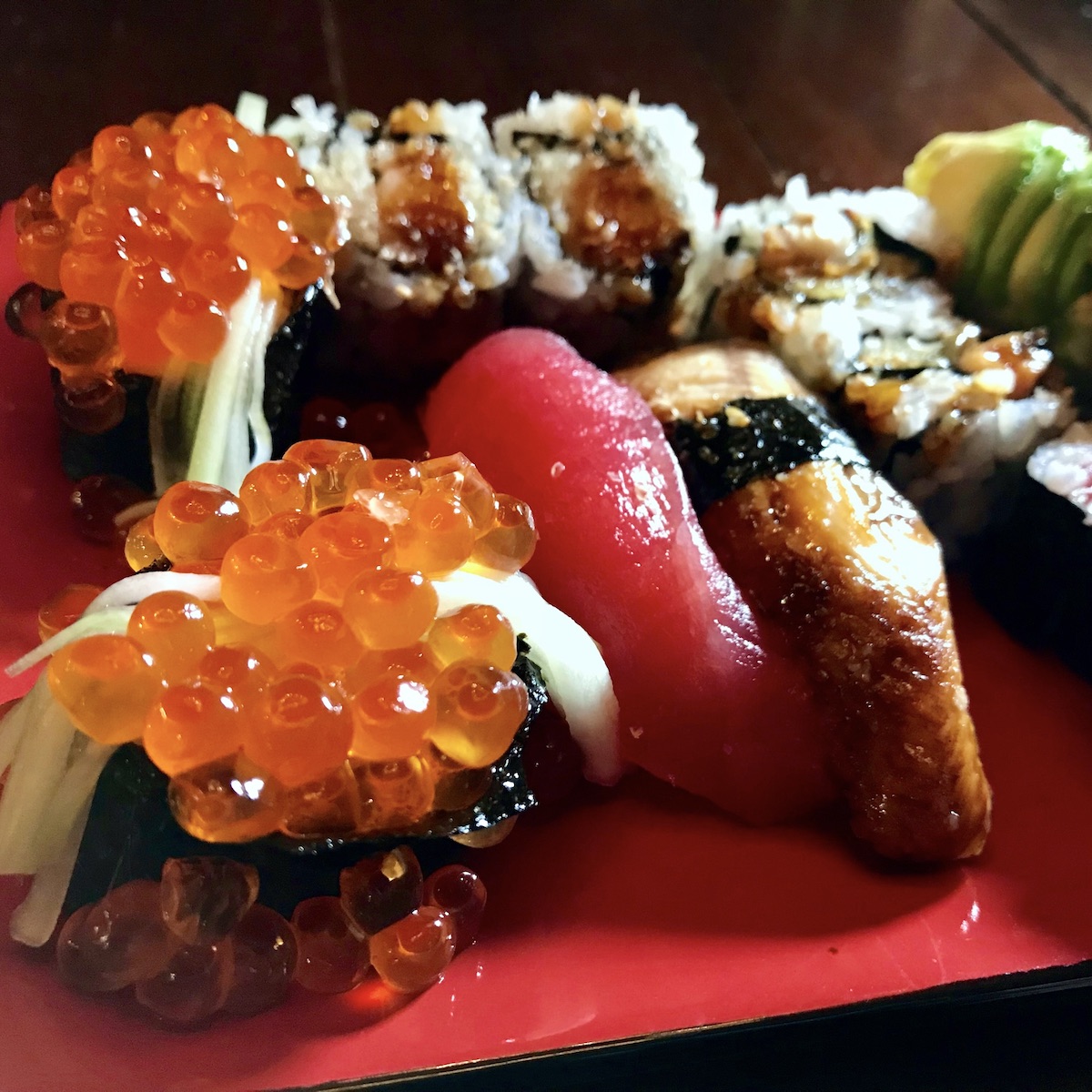Umami - The 5th Taste

By Nell Jones - daughter, writer, graduate, and professional
“Umami” is one of those words you are searching for to describe how something tastes but then convince yourself that there is no word to exist for it. Thanks to a Japanese chemist, there is now a word for that savory, yet not exactly salty taste, and it is umami.
I had never heard the term “umami” before this week. Yet, it is the taste I am always craving, whether that be me ordering sushi once a week, drinking green tea every morning, or making my favorite mushroom risotto dinner. Think of how you describe foods like red meat, fish, mushrooms, cheeses, soy, etc.
Do they fit under the basic taste categories of sweet, sour, salty, or bitter? No, but they fit under the fifth taste, Umami, an inherent savory taste in food translated as “pleasant savory taste” in Japanese.
What Makes Umami?
There is a scientific reason for the taste of umami. When certain foods are cooked, the proteins are broken up, and one of these specific amino acids, called L-glutamate, gives the umami taste. How?
Your taste buds respond to the L-glutamate molecule, similar to the way your taste buds work to pick up the other four taste categories. Interestingly, a little TMI, amniotic fluid, and breast milk are high in these glutamate amino acids that make up the umami taste.
This could explain the lifelong craving and the importance of the taste. I find that foods categorized under the basic umami taste have a longer-lasting flavor that is more satisfying and filling as a meal.
Similarly, for the same reason we crave the sweet taste for energy and calories, we crave umami for the protein made up of amino acids that our taste buds react to.
Where Does Umami Come From?
The umami taste was discovered in 1908 by a Japanese chemist named Ikeda. While the glutamate amino acid had been used in cooking for years, he recognized the taste of it to be different from the other four tastes and named it “umami.”
Later in the century, it was confirmed that this fifth taste, independent of the other four tastes, exists by the name umami.

Why Do We Care?
As a chef, understanding the umami taste is essential. It allows you to scientifically pair flavors together, perhaps with foods that are not usually paired. It explains the Japanese fish sauce flavors with seaweed and miso.
It also explains why the Italians pair cheese and tomatoes, as with Parmesan cheese sprinkled on tomato sauce. I can’t say that I think about how the amino acids and molecules will pair with my taste receptors when cooking, but that is all it is on a more fundamental level.
Lowering Sodium-Rich Foods
Umami is also important for the switch to low-sodium foods. Sodium-rich foods fall under the salty taste. However, it is found that by pairing these foods with the umami flavor, the sodium levels can be reduced while keeping the flavors of the products just as appealing.
For example, broths may lower their sodium levels by a wide margin simply by adding fish sauce flavoring, full of the glutamate molecules that give it the umami flavor.
However, this discovery of umami, a staple of MSG, has led to its use in a lot of cooking and has suggested health consequences.
Ever notice how addicting certain foods with the umami taste can be? I’ve never heard of someone eating only half of their steak or slurping down half their chicken noodle soup.

I Want More Umami
This taste leaves you wanting more, which may not be suitable for people like me who should stop eating after their second serving. Still, it benefits populations like older adults who need these nutrients while having enjoyable flavors.
There is a lot of science behind the fifth flavor umami, most of which I do not understand since I haven’t taken chemistry for years. I understand that it is natural to like and crave the taste of umami, which makes it an essential new taste to the list.
It clarifies and explains why certain foods taste so good together and gives an inside look at how to please people with your blend of flavors. If you heard the term umami from restaurants or cooking shows, now you know what it means.
And if you were looking for the one term to describe the taste you crave for your home-cooked meal, it does exist, and now you know it.








5 Responses
Very nice information about Umami is really the fifth taste in all taste, it makes food tasty, using umami for cooking also make food fast and delicious.
Hi! Sorry to be nitpicky but glutamine and glutamate (glutamic acid) are two entirely different amino acids. Glutamate is responsible for umami taste, not glutamine.
Hi Fi, thanks for picking up that mistake. I’ll let Nell know.
The “Tongue Taste” illustration at the beginning of the article has been disproven, is completely inaccurate, and portrays an erroneous physical fact. Humans have sensors (taste buds) for taste all around the tongue including the cheeks and throat. Just thought you wanted to know…
Thank you Dr. Kingsley for this information. Do you have any sites or articles I can go check out and post more relevant info?